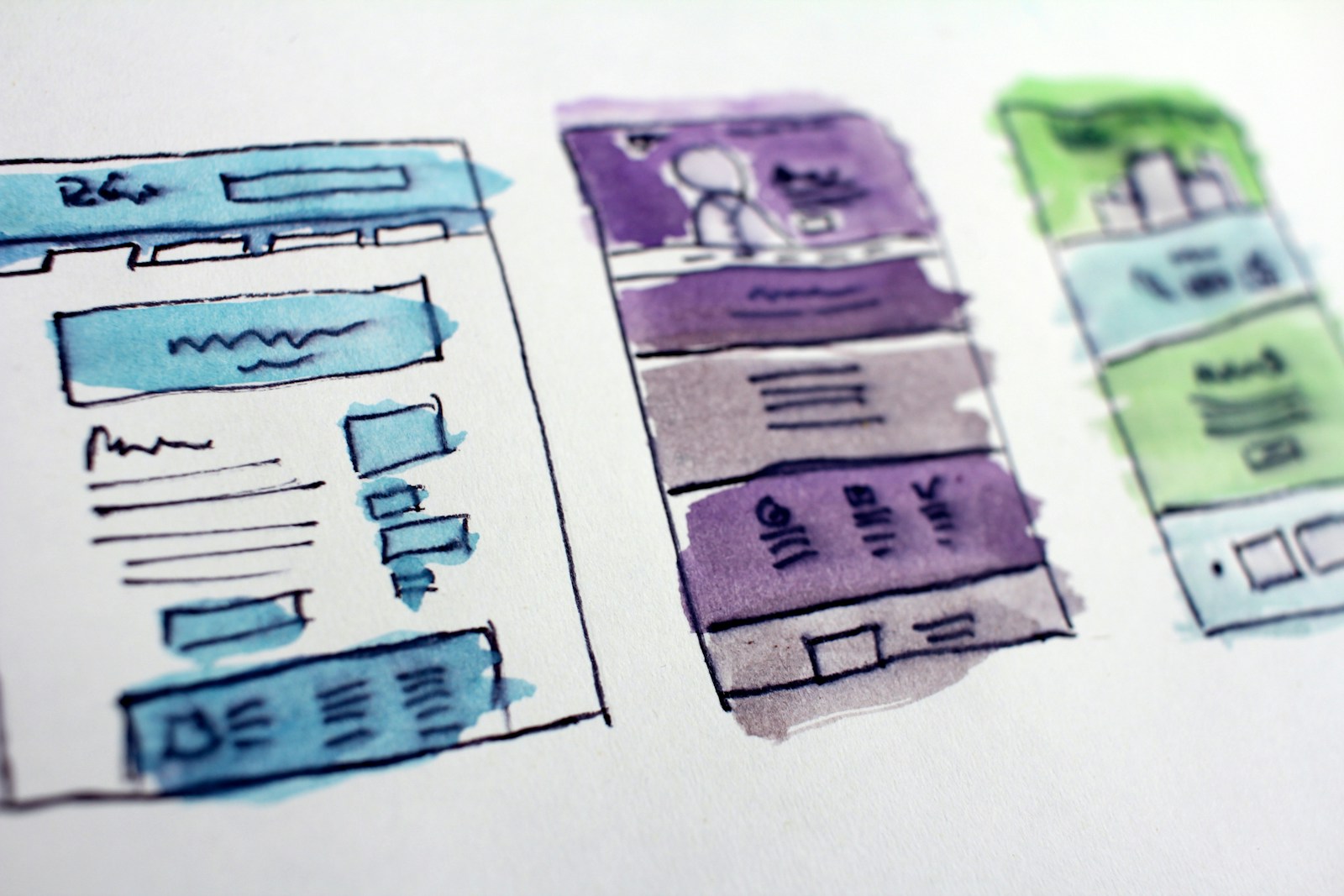Logos are not just symbols; they are the foundational elements that encapsulate the essence of your brand, offering instant recognition and a visual mark that connects emotionally with your audience. As the cornerstone of brand identity, a well-crafted logo can elevate a company’s public image, influencing consumer behavior and brand perception.
Understanding Logo Design
The journey to a memorable logo starts with understanding its significance. A logo serves multiple roles: it’s a quick visual representation of your brand, distinguishes you from competitors, and is often the first point of engagement for potential customers. Effective logo design merges simplicity, relevance, versatility, and memorability to create a lasting impression. The psychological impact is profound, as humans process visuals far quicker than text, making the visual recall of a logo a key element in brand strategy (wix.com) (Looka).
Key Considerations for Marketing Logo Design
When designing a logo, it’s crucial to consider who your audience is and what your brand stands for. This involves researching market trends and audience preferences to inform design decisions. The choice of colors, typography, and imagery must align with the brand’s personality and values while ensuring the logo performs well across various mediums and scales (Tailor Brands) (Self-Made Designer).
Logo Design Process
Creating a logo is a step-by-step process that involves initial brainstorming, sketching, and iterative design refinements. Designers explore various logo types, such as wordmarks, lettermarks, symbols, or combination marks, ensuring the final product aligns with the overall brand strategy. Collaboration between designers and marketers throughout this process ensures that the logo not only looks good but also encapsulates the brand narrative effectively (Self-Made Designer) (Tailor Brands).
Tools and Resources for Logo Design
A plethora of tools and resources are available to assist in logo creation. From advanced design software like Adobe Illustrator to online logo makers, designers have access to a variety of options that cater to both beginners and professionals. Inspiration can be drawn from design galleries, mood boards, and trend analysis sites, which provide a wealth of ideas and contextual understanding necessary for innovative logo design (wix.com) (Looka).
Legal and Ethical Considerations
Navigating the legal landscape is critical when designing a logo. Understanding trademark laws and ensuring the originality of your design can protect your brand from future legal disputes. Additionally, ethical considerations such as cultural sensitivity and inclusivity play a crucial role in the design process, ensuring the logo respects and acknowledges diverse consumer groups (Tailor Brands).
Testing and Iteration
Logo design is rarely a one-and-done process. Gathering feedback, conducting usability tests, and iterating based on user feedback are essential steps. Leveraging analytics to assess a logo’s impact can lead to refinements that enhance its effectiveness in real-world applications (Tailor Brands).
Conclusion
A strategic approach to logo design can significantly influence the success of a brand. By understanding the critical role a logo plays in marketing, employing thoughtful design processes, and leveraging the right tools, businesses can create logos that not only stand out visually but also resonate deeply with their target audience.
Weshare’s Team – We’re in love with words, videos and everything in between. Our passion for helping people manage a business is evident in every article. We’re happy to be there in every part of the way – from starting to growing a successful business.
We Also Reviewed
- 33 CRM Statistics You Should Know
- 41+ Public Speaking Statistics You Should Know
- 35 Machine Learning Statistics You Should Know
- 34 Employee Burnout Statistics You Should Know
- 39+ Communication Statistics You Need To Know
- 37+ Cold Calling Statistics You Need To Know
- 21+ Entrepreneur Statistics You Should Know
- 35+ Contract Management Statistics You Should Know
- 37+ Zoom Statistics You Should Know
- 35+ Sales Training Statistics You Should Know About
- 75+ WordPress Statistics You Need to Know
- 41+ Startup Statistics You Need to Know
- 37+ Presentation Statistics You Need To Know
- 41+ Recruiting Statistics You Need to Know
- 23+ Apple Podcast Statistics You Should Know About
- 31+ Spotify Podcast Statistics You Should Know About
- 35+ Spotify Statistics You Should Know
- 45+ Advertising Statistics That Will Blow Your Mind
